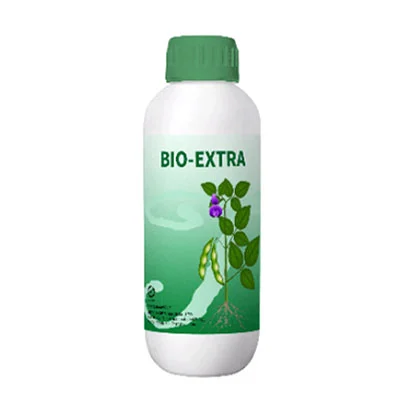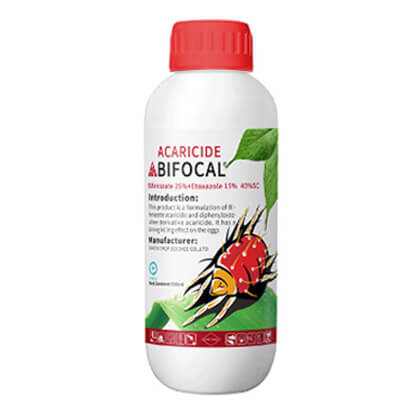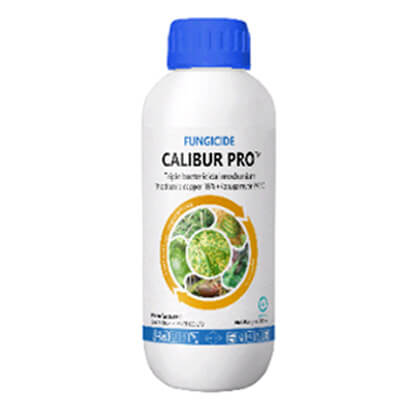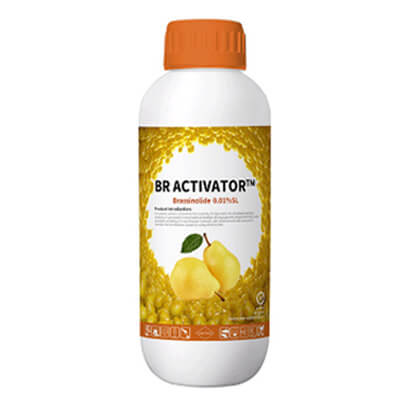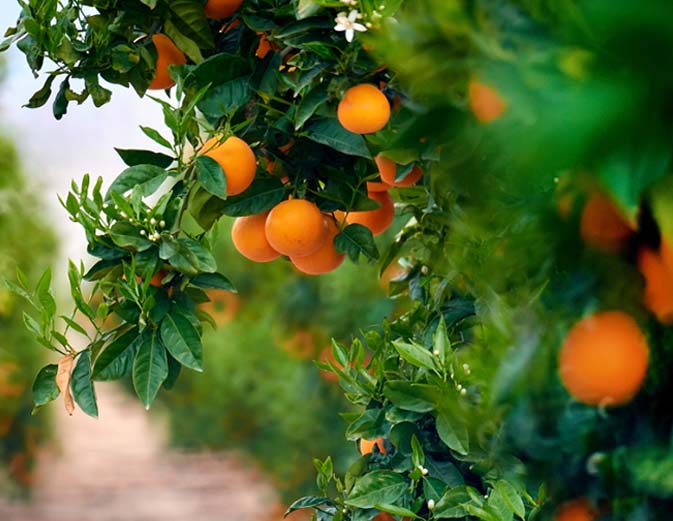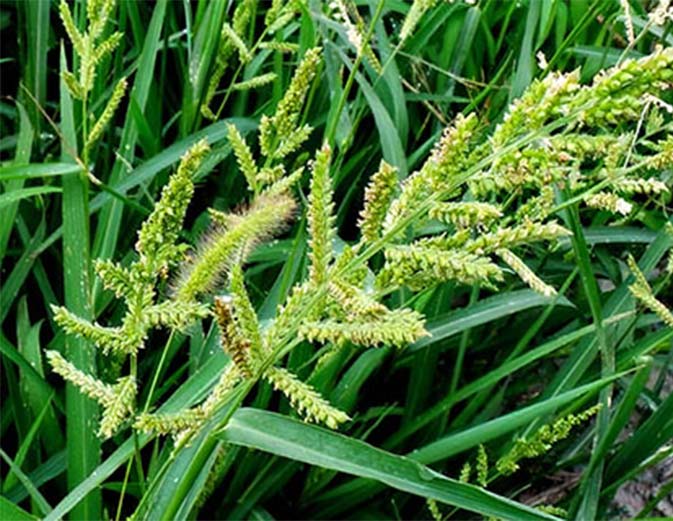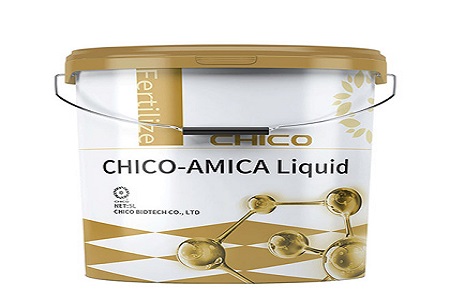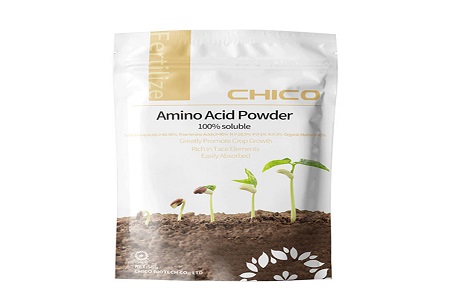
The Application Of Herbicides Works Wonders
Herbicides are a class of pesticides used to control weeds. It is mainly used in farmland, but it is also commonly used to control weeds or shrubs in pastures, rivers, roads, parks, forest fire escapes, etc., and some also serve as plant growth regulators.
France first used copper sulfate and other inorganic compounds to control weeds in the 19th century, but it was not popularized due to reasons such as large dosage and poor selectivity. In the early 1940s, the organic transport herbicide 2,4-D came out, which not only had a good control effect on dicotyledonous weeds, but also had the advantages of strong selectivity and low dosage, thus creating an era of organic herbicide development. In 1946, it was discovered that anilline could control annual grass weeds in sugar beet, soybean, cotton, vegetables and other crop fields. In 1956, Simazine, which is extremely safe for corn, was developed, and it has good control effects on monocotyledonous and dicotyledonous weeds such as quinoa, amaranth, and barnyard grass. In 1958, the emergence of a more effective analogue, atrazine, had a major impact on the world herbicide industry and corn farming. In 1960, an intergenus selective herbicide propanil was created, which is safe to rice and has strong lethality to barnyardgrass. In 1964, bibenben, which appeared, can control various weeds in water and dry fields, but is less toxic to fish. In 1971, a transporting glyphosate that kills both annual and perennial deep-rooted weeds appeared. It has the characteristics of high efficiency, low toxicity, broad herbicidal spectrum, and easy degradation. By the early 1980s, thousands of commercial formulations made of more than 300 herbicides had been sold in the world, with a consumption of more than 300,000 tons.
The application of herbicides, such as pinoxaden herbicide and clodinafop propargyl herbicide not only greatly improves the efficiency of weeding, saves labor, reduces the economic loss caused by weeds, but also reduces some mechanical weeding operations in crop cultivation. , the development of rice plane sowing, the development of no-tillage and less-tillage cultivation have created conditions. Chemical weeding has become an indispensable technology in modern agriculture. Since the 1960s, the development speed of herbicides in developed countries has been faster than that of insecticides and fungicides.
Related Products:
ATZOL® Atrazine 24%+Topramezone 1% 25%OD Herbicide










